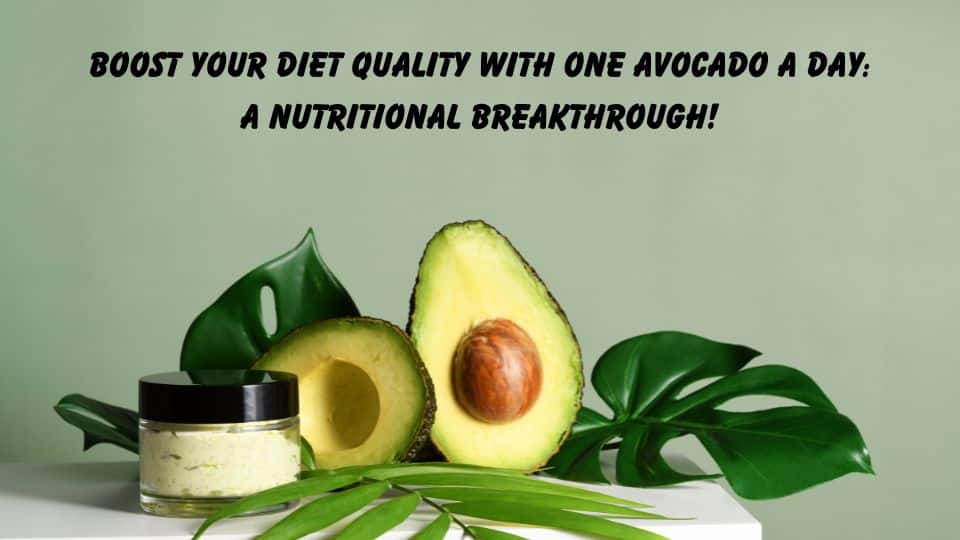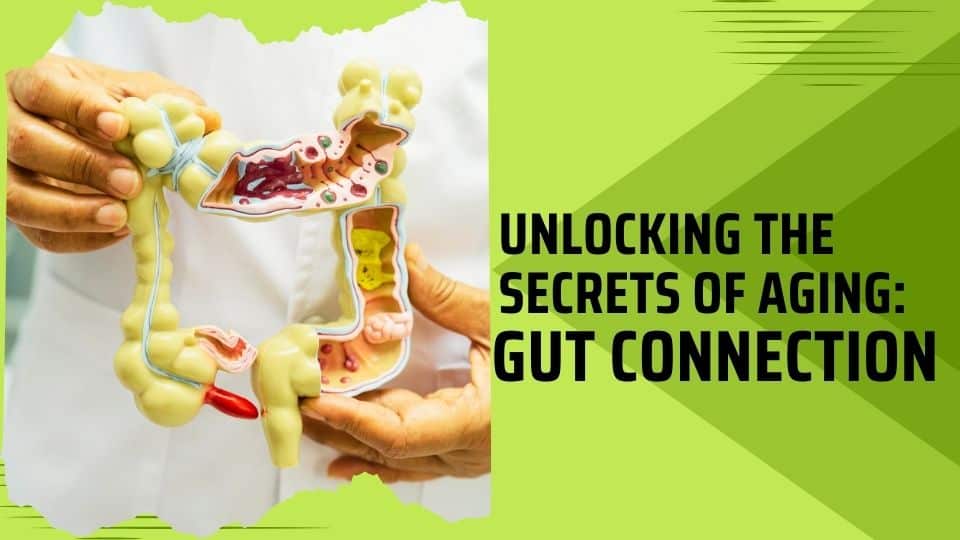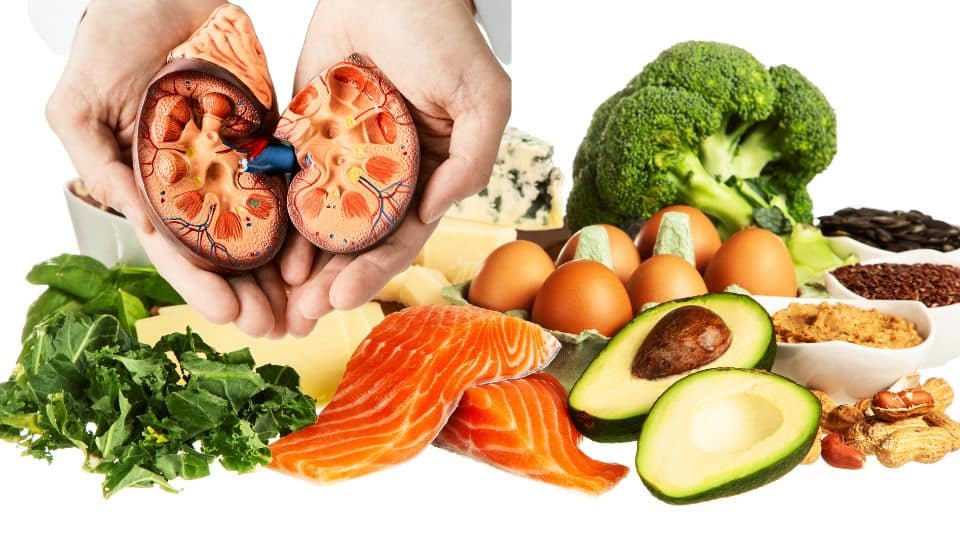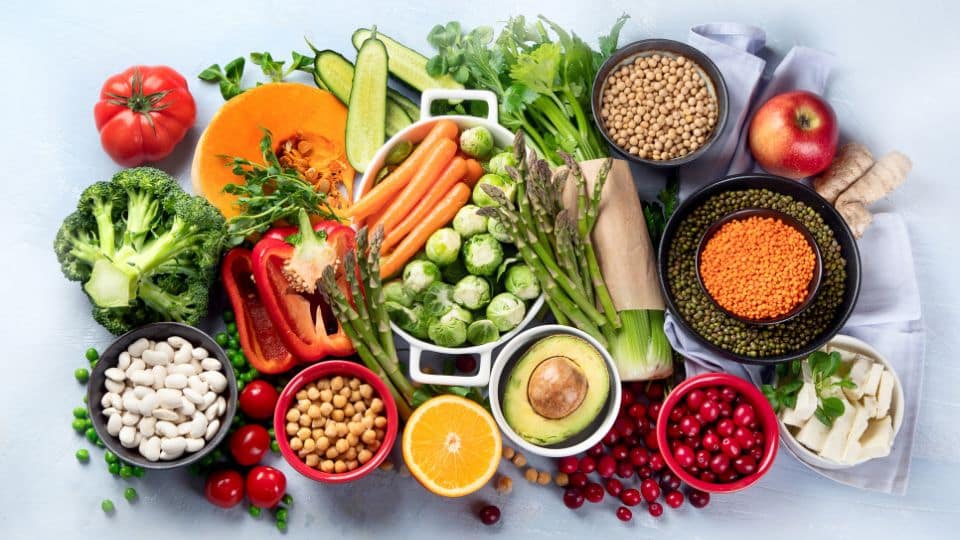Welcome! Today, we are diving into the world of healthy eating and discovering a groundbreaking breakthrough that is set to transform the way we approach food. Get ready to be captivated by the power of herbs and spices!
In the 1990s, the low-fat craze led food companies to cut out saturated fats from their products, often replacing them with sugars to maintain taste. But this only resulted in products that were as unhealthy as before. Fast forward to today, where the average person’s saturated fat intake remains high. But a glimmer of hope emerges from a team of researchers at Penn State University who might have cracked the code to a healthier future.
Cardiovascular disease stands as the leading global cause of death, and reducing saturated fat and sodium intake are key recommendations for preventing it. However, the challenge lies in making healthier foods appealing. After all, if it isn’t tasty, it’s a hard sell. But our researchers have found the perfect solution!
The researchers at Penn State University tapped into the power of herbs and spices. They selected ten popular dishes known for their high sodium, sugar, and saturated fat content, such as meatloaf, chicken pot pie, macaroni and cheese, and even brownies. But what did they do next? Let’s find out!
The culinary journey began as the researchers worked closely with experts to craft not one, but three versions of each dish. The first version stayed true to its not-so-healthy origins, loaded with saturated fat, salt, and sugar. The second version saw a health makeover, reducing these undesirable nutrients. But the real magic happened with the third iteration!
You can also view this article: Boost Your Nutrition: Discover the Surprising Effects of Banana on Flavanol Absorption!
Infusing herbs and spices became the secret ingredient for transforming ordinary dishes into flavor-packed delights. A dash of garlic powder, a pinch of cayenne, a sprinkle of thyme – these elements replaced the unhealthy ones, resulting in healthy dishes bursting with flavor.
Blind taste tests were conducted, with participants sampling each of the three dish versions. The results were astonishing! In seven out of the ten recipes, the addition of herbs and spices restored the overall liking to the levels of the original, less healthy versions. Some participants even preferred these flavor-enhanced, healthier options over the originals.
Let’s talk numbers! The researchers estimated the potential impact of adopting these revamped recipes. If only 25% of U.S. adults made the shift, the daily reduction in saturated fat and salt intake could be around 3%. But brace yourselves for the exciting part. If a whopping 100% of consumers embraced these healthier options, that reduction could spike to about 11.5%! Get ready for a healthier future!
This groundbreaking research, published in the renowned Journal of the Academy of Nutrition and Dietetics, sends a powerful message. By tweaking recipes and infusing them with herbs and spices, we can significantly reduce overconsumed nutrients without compromising on flavor. These findings can potentially transform how we approach food on a larger scale, making healthier choices a delightful experience.
Remember, healthy eating doesn’t mean sacrificing taste. It’s time to embrace the power of herbs and spices and embark on a path towards a healthier, more enjoyable future.
Glossary:
- Saturated Fats: Fats that are typically solid at room temperature and are often associated with an increased risk of cardiovascular disease when consumed in excess.
- Herbs and Spices: Natural plant-based ingredients used to flavor food, often chosen for their aromatic and taste-enhancing qualities.
- Low-Fat Craze: A period in the 1990s when there was a significant trend towards reducing the consumption of dietary fats, especially saturated fats.
- Cardiovascular Disease: A group of diseases affecting the heart and blood vessels, often linked to lifestyle factors like diet and exercise.
- Culinary Journey: The process of experimenting with and improving the taste and healthiness of dishes through recipe modification.
- Blind Taste Tests: Experiments where participants sample the food without knowing which version they are tasting to eliminate bias.
- Saturated Fat Reduction: The decrease in the intake of unhealthy fats, which is beneficial for heart health.
- Journal of the Academy of Nutrition and Dietetics: A reputable publication where the groundbreaking research was published.
- Overconsumed Nutrients: Nutrients like saturated fat and salt that are often consumed in excessive amounts can lead to health issues.
- Aromatic and Taste-Enhancing: Refers to the ability of herbs and spices to improve the smell and flavor of food.
Journal Reference:
Kristina S. Petersen, Victor L. Fulgoni, Helene Hopfer, John E. Hayes, Rachel Gooding, Penny Kris-Etherton. Using Herbs/Spices to Enhance the Flavor of Commonly Consumed Foods Reformulated to Be Lower in Overconsumed Dietary Components Is an Acceptable Strategy and Has the Potential to Lower Intake of Saturated Fat and Sodium: A National Health and Nutrition Examination Survey Analysis and Blind Tasting. Journal of the Academy of Nutrition and Dietetics, 2023; DOI: https://doi.org/10.1016/j.jand.2023.07.025


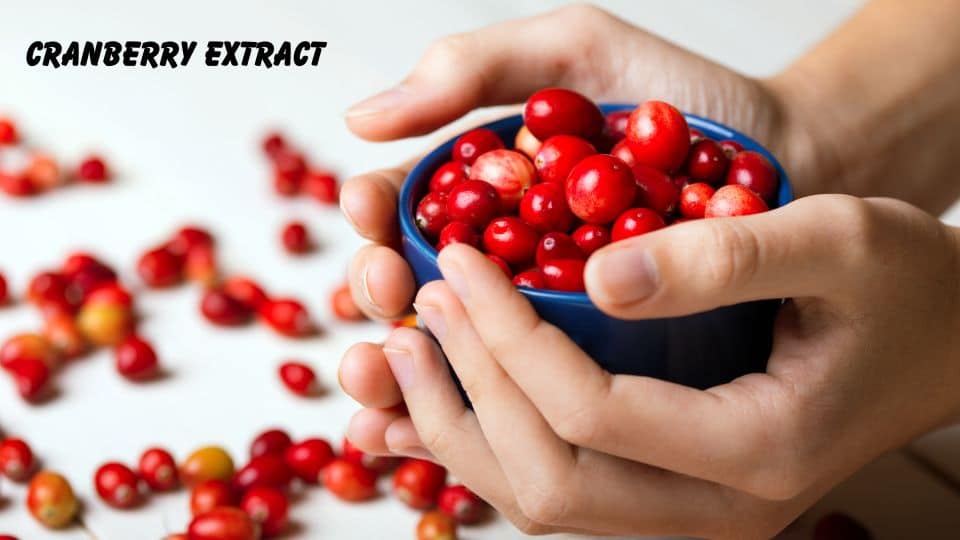
 By
By